Russia-Ukraine war: UN to grill Moscow on missing children
Moscow is under pressure to explain what happened to thousands of Ukrainian children “evacuated” to Russia or within Russian-occupied parts of Ukraine.
World
Don't miss out on the headlines from World. Followed categories will be added to My News.
Moscow will be asked to explain at the UN what has happened to thousands of Ukrainian children believed to have been forcibly sent to Russia since its 2022 invasion.
The United Nations Committee on the Rights of the Child – 18 independent experts – is set to examine Russia’s record over two days, as part of a regular review.
Their lengthy list of concerns was sent to Moscow in the first half of 2023. They want to know how many children have been “evacuated” to Russia or within Russian-occupied parts of Ukraine.
They also want to know what Moscow has done to protect “the right of such children to preserve their identity, including nationality, name and family relations”.
Kyiv estimates 20,000 Ukrainian children have been forcibly deported to Russia.
Moscow says it wants to protect these children from the fighting. Russia launched a full-scale invasion of Ukraine in February 2022.
Only around 400 children have so far been repatriated.
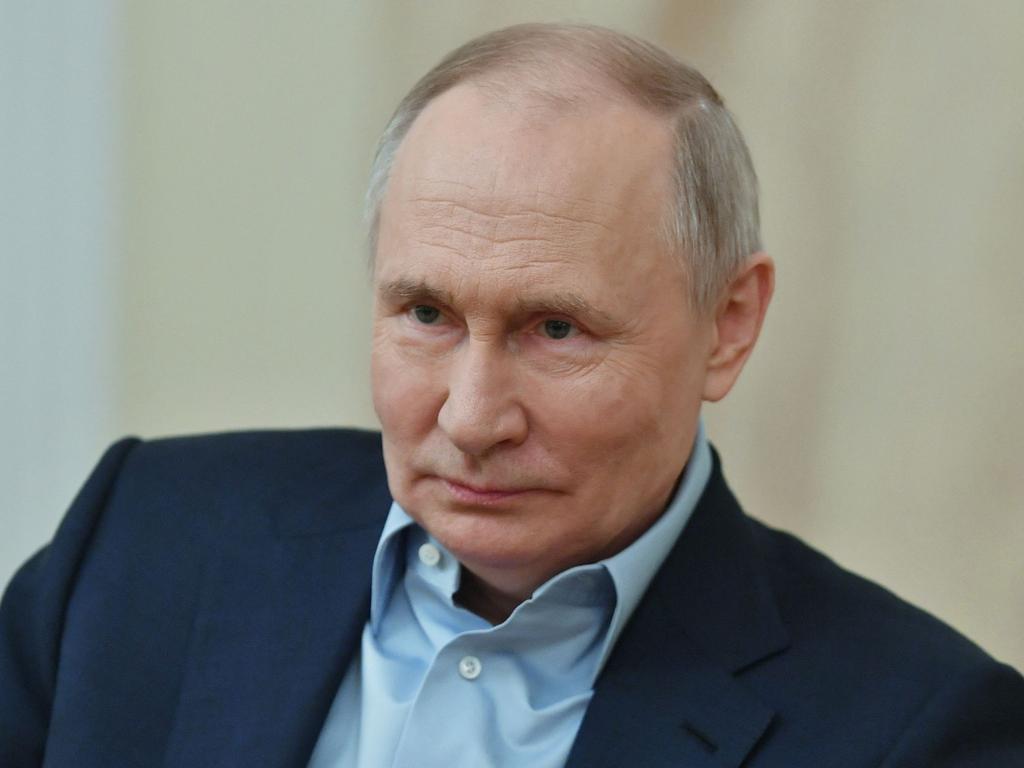
“Placements for evacuated children are arranged, first and foremost, at their request and with their consent,” Russia said in a written response sent in October and shown to media by the UN.
It does not specify the total number of children affected, but said they “included children from national residential institutions for orphans and children without parental care (about 2000 in total)” and children with Ukrainian citizenship.
It also said that between April 1, 2022 and June 31, 2023, some 46,886 Ukrainian children acquired Russian citizenship.
“Inside Russia, there’s a wide range of children’s rights issues that one could focus on,” said Rachel Denber, deputy director of HRW’s Europe and Central Asia division.
“We only focused on three,” she told AFP, to demonstrate how the “broader crackdown on rights in Russia has an impact on children’s rights as well”, noting how children had faced “retaliation” for voicing critical opinions on Russia’s war in Ukraine.
The UN committee also wants to discuss the illegal or arbitrary detention of children, corporal punishment, and measures taken to preserve the cultural and linguistic identity of indigenous children.
The experts also want to know what Moscow is doing to combat certain “harmful practices” in the North Caucasus, such as child marriage, female genital mutilation, abductions for forced marriages and polygamy.
“The region faces specific challenges … all exacerbated by weak legal systems and societal norms,” said Grigor Avetisyan, who spent many years in Russia and is now with the Dutch NGO Stichting Russian Justice Initiative.
“The entire region, like the rest of the country, is experiencing … a general decline in human rights conditions,” he told AFP.
BATTLE BETWEEN ‘GOOD AND EVIL’
Polish Prime Minister Donald Tusk called the conflict in Ukraine a battle between “good and evil,” and vowed more support for Ukraine on his first visit to the war-torn country since returning to power.
The surprise trip came as the Kremlin blamed Ukraine for a weekend attack on a Baltic gas terminal, the latest in a series of apparent Ukrainian air strikes on Russian energy infrastructure.
Mr Tusk is among a flurry of European leaders to have visited Kyiv in recent weeks to reassure Ukraine of international support as its biggest political and military backers struggle to secure aid.
“I am not ashamed to use these big words: it is here, in Ukraine, that the world front between good and evil runs,” Tusk told a press conference alongside Ukrainian President Volodymyr Zelensky.
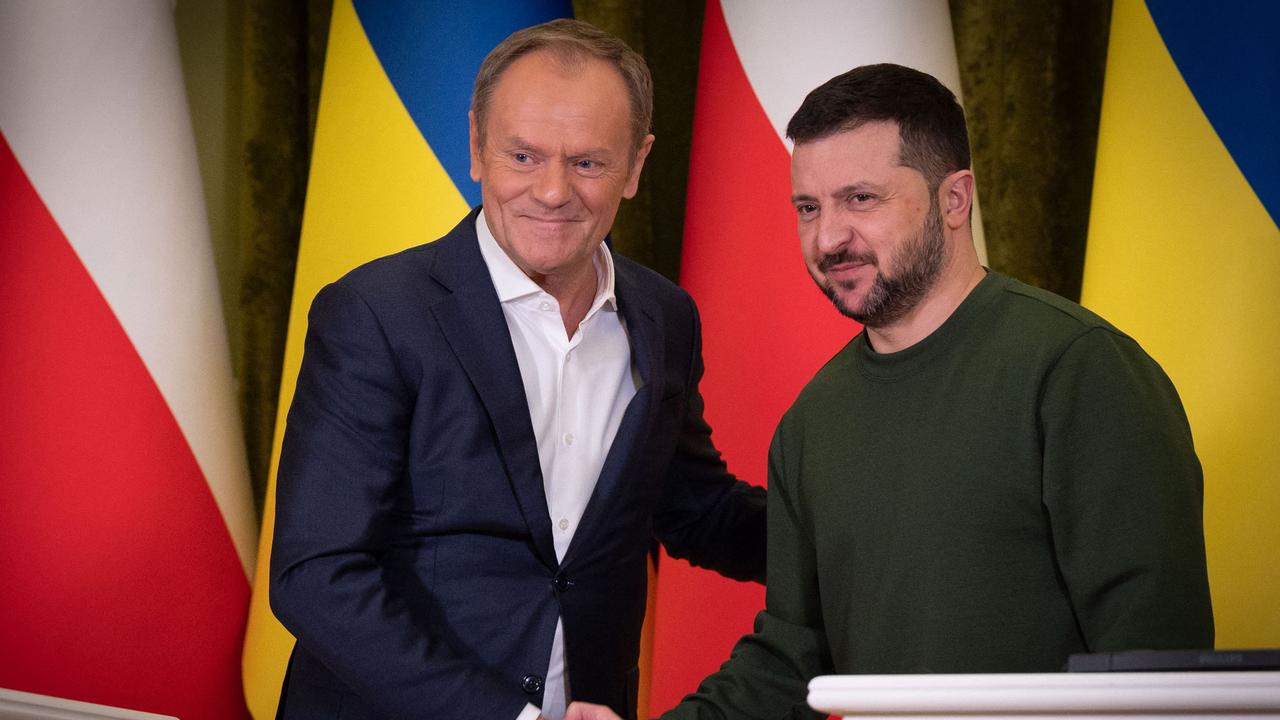
Mr Tusk said Poland stood ready to deepen its financial and military co-operation with Ukraine and promised that Warsaw would do “everything” in its power to help its neighbour.
“The security of the Polish nation and the Polish state is also at stake in this fight,” he said.
Mr Zelenskyy told Mr Tusk that “unity” between Kyiv and Warsaw – as well as among European countries – was “a strong shield” against Russian efforts to divide Ukraine’s Western allies.
“This unity – this unity of the whole of Europe – cannot be lost,” he told Mr Tusk, moments after air raid sirens had rung out over the Ukrainian capital.
Mr Zelenskyy lashed out at “sceptical” members of the NATO alliance holding out against Ukrainian membership of the bloc, and said his country is “fighting this scepticism”.
Mr Tusk’s visit also aimed to address tensions between the neighbours, including protracted border blockades by Polish hauliers.
Polish truckers blocked the Ukraine border from November until last week, demanding the return of restrictions to enter the EU for Ukrainian competitors.
The EU had waived the permits system after Russia invaded in February 2022, but Polish truckers want it reintroduced, saying their earnings have been hit.
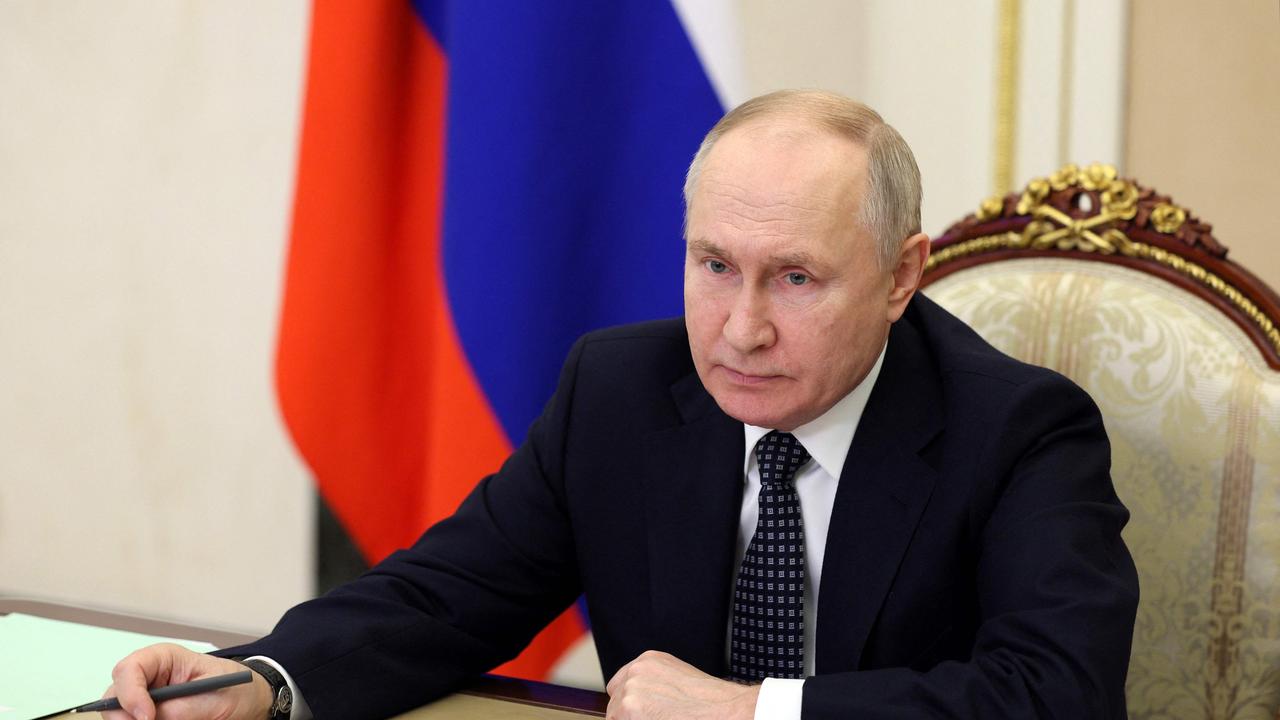
ZELENSKYY ENRAGES MOSCOW, RUSSIA DENIES EXISTENCE OF ETHNIC UKRAINE
Mr Zelenskyy angered Moscow by accusing it of “oppressing” Ukrainians living in parts of Russia “historically inhabited by Ukrainians”.
Russia and Ukraine have for years fought a bitter cultural battle over the two countries’ closely entwined histories – one that has escalated dramatically since Russia invaded its western neighbour in February 2022.
Mr Zelenskyy’s office published a decree on Monday saying Russia has historically denigrated the rights of Ukrainians living in southern and western Russia and continues to do so.
The law – entitled “on the territories of the Russian Federation historically inhabited by Ukrainians” – named six modern-day regions of western and southern Russia that Mr Zelenskyy said had been historically home to “ethnic Ukrainians.”
They were: Belgorod, Bryansk, Krasnodar, Kursk, Rostov and Voronezh.
“For centuries Russia has systematically committed, and continues to commit, actions aimed at destroying national identity, oppressing Ukrainians (and) violating their rights and freedoms,” the decree said.
It said that the ethnic Ukrainians should be allowed to be educated in the Ukrainian language, have access to Ukrainian media and enjoy freedom of assembly and religion.
Many Ukrainians have shunned the use of the Russian language, which was a native tongue for millions, and cities across the country have renamed streets and removed statues honouring Russian and Soviet figures.
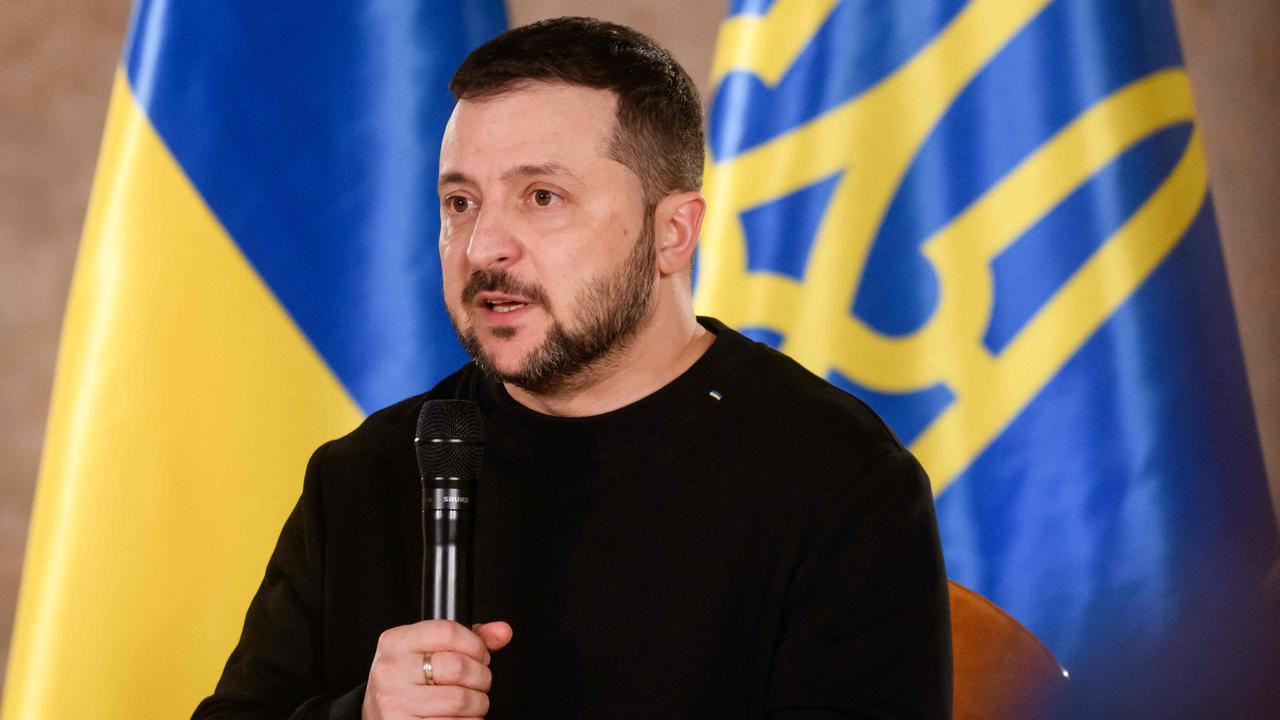
Mr Zelenskyy’s remarks come as Moscow said its invasion is driven by protecting ethnic Russians living in Ukraine.
President Vladimir Putin has repeatedly denied the existence of a Ukrainian nation.
His ally, former president Dmitry Medvedev, blasted Mr Zelenskyy’s decree as a “propaganda move.”
“There is nothing to comment on because Ukrainians are Russians,” said Mr Medvedev, who has emerged as one of the most hawkish figures in Russia during the invasion.
He used an imperial-era phrase to describe the territory of modern-day Ukraine, saying: “Malorossiya (Little Russia) is part of Russia.”
In a 5000-word essay published months before the offensive entitled “on the historical unity of Russians and Ukrainians”, Mr Putin said there was no “historical basis” for “the idea of Ukrainian people as a nation separate from the Russians.”
The article was criticised by independent scholars as a manipulation of history.
‘HORRIFIC’ ATTACK ON CIVILIAN AREA LEAVES 25 DEAD
A strike on a crowded market in the Russian-occupied city of Donetsk in eastern Ukraine left at least 25 people dead and 20 wounded on Sunday, Moscow-backed officials said.
Both Moscow and Kyiv have accused each other of a sharp escalation in attacks on civilian areas in the past two months.
Shattered storefronts and broken glass could be seen in videos shared by Russian state media, along with what appeared to be bodies lying on the ground nearby.
“At the moment, information about 25 dead has been confirmed. At least 20 more people have been injured,” said Denis Pushilin, head of the region’s Russian-controlled administration.
He blamed Ukraine for the strike, calling it a “horrific” attack on a civilian area.

Ukraine did not immediately comment, and AFP was not able to immediately verify the circumstances of the attack.
Officials said the strike hit a southwestern suburb of the city, less than 15 kilometres from the eastern front.
Local resident Tatiana said she heard an incoming projectile overhead, and hid under her market stall.
“I saw smoke, people screamed, a woman was crying,” she told a local media outlet.
“Where is there anything military here? It’s just a market,” another resident named Tatiana told the same outlet. “This is one of the strongest blows in recent times,” she said.
The toll marks one of the deadliest in Donetsk since Moscow launched full-scale hostilities against Ukraine in February 2022.
Donetsk, occupied by Russia and its proxy forces since 2014, has been repeatedly targeted by what Moscow has called indiscriminate Ukrainian shelling.
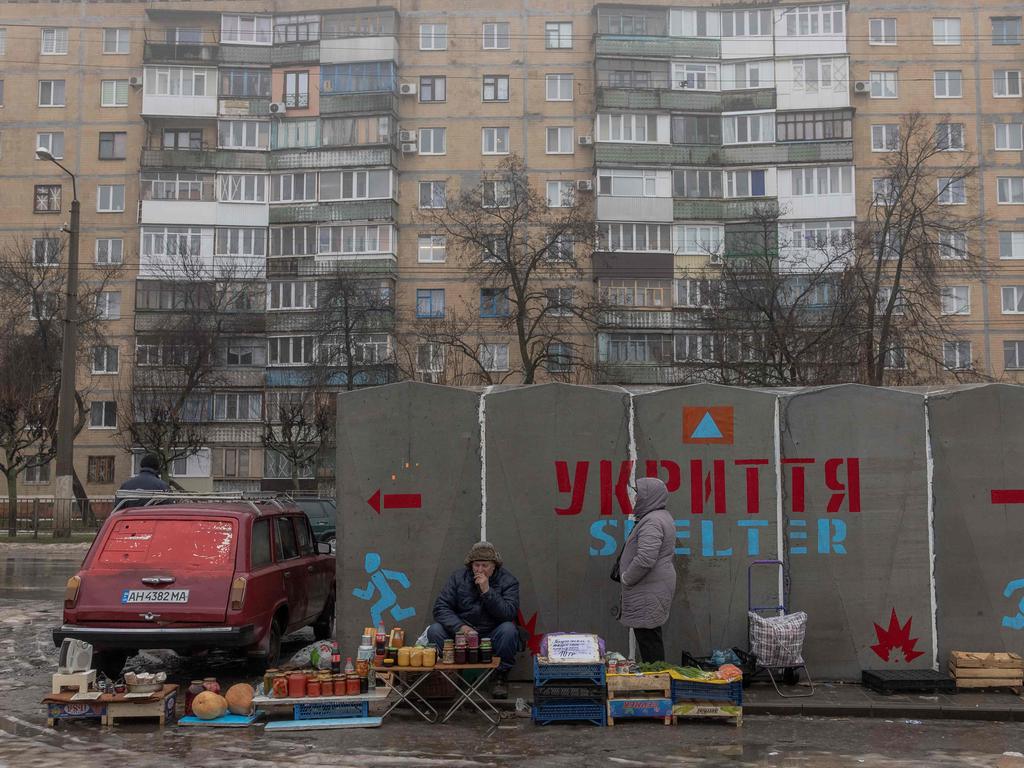
News of the attack came as Russia reported another blaze on its energy infrastructure, this time at a gas terminal in the Baltic Sea port of Ust-Luga.
Kyiv earlier this week claimed responsibility for two attacks on oil depots in Russia, including one in the same Leningrad region where Ust-Luga is located.
Operator Novatek said there were no victims and the fire was “currently localised” at the site, some 110 kilometres west of St Petersburg near the Estonian border.
Novatek said the fire was caused by an “external factor”, without providing any further detail.
Ukraine, which has targeted Russian oil and gas infrastructure throughout the almost two-year conflict, did not immediately comment on the incident.

“No casualties as a result of a fire at Novatek’s terminal in the port of Ust-Luga. Personnel were evacuated,” Aleksandr Drozdenko, governor of Leningrad Oblast, said.
The Ust-Luga complex processes natural gas condensate into naphtha, jet fuel and ship fuel components, according to Novatek’s website.
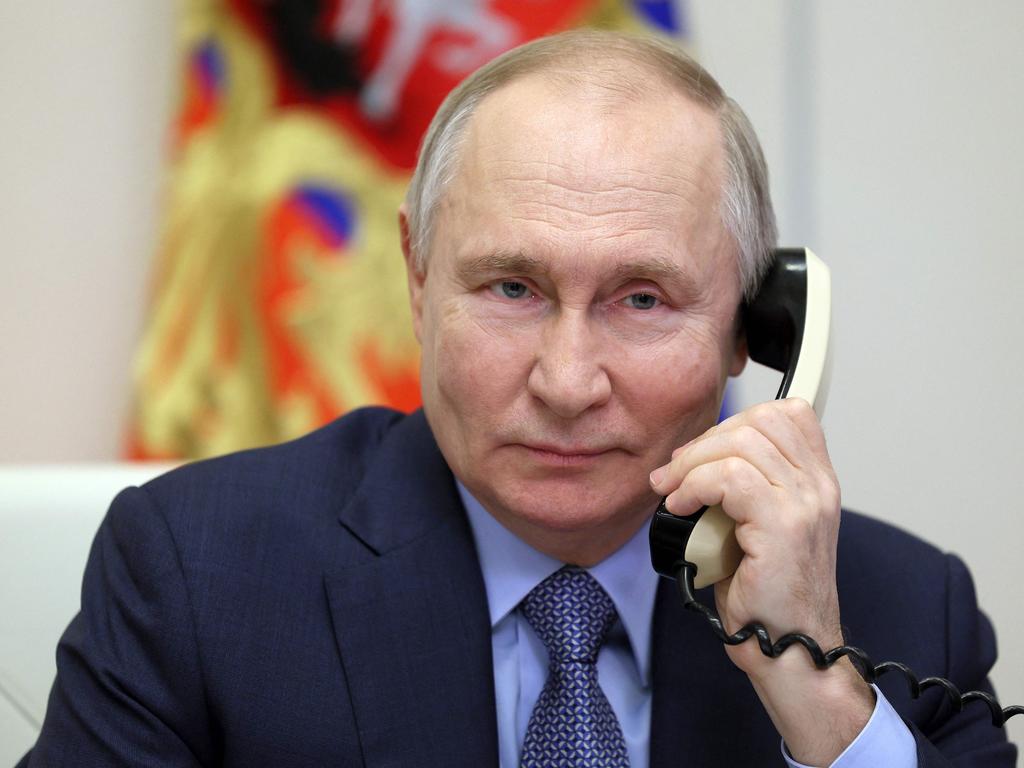
PUTIN’S SECRET PLAN FOR WORLD WAR III LEAKED
A leaked military report reveals what could be Russian president Vladimir Putin’s step-by-step plan to bring the West to the brink of World War III.
The secret documents detail a possible “path to conflict” which reaches its climax in the middle of 2025 on “Day X” when half a million NATO and Russian soldiers will face each other.
The bombshell files, obtained by Bild newspaper from Germany’s Ministry of Defence, reveal exactly how the Kremlin might be preparing for a hybrid attack on NATO as early as late this year and a full-blown war the year after.
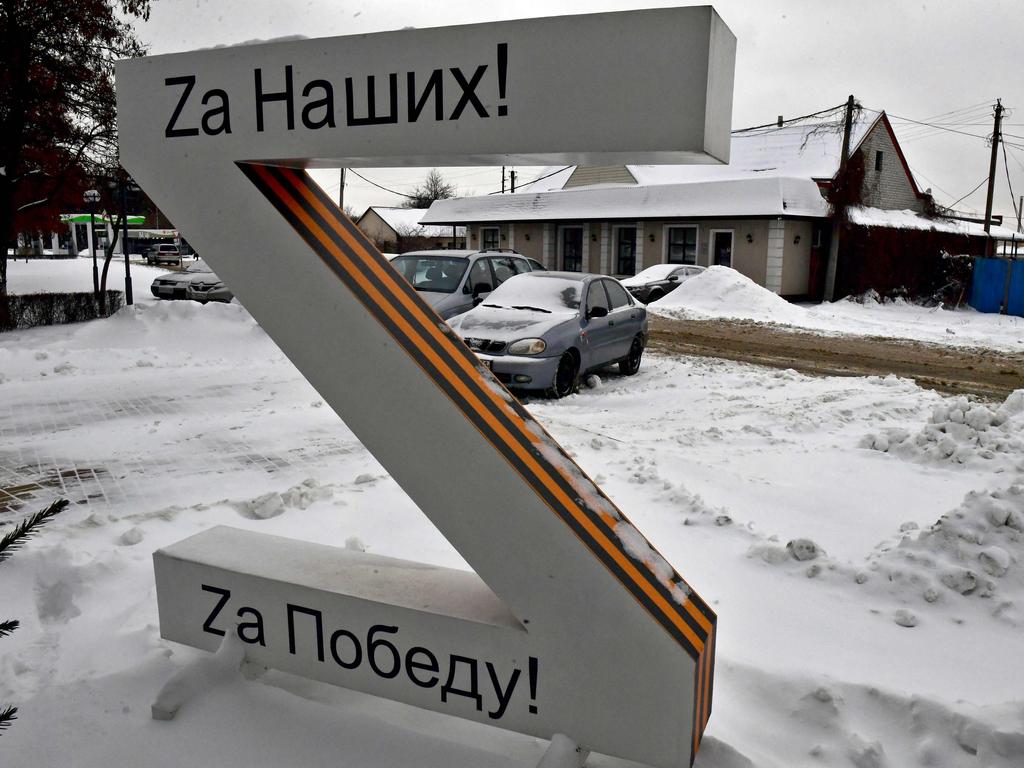
Classified as “For Official Use Only”, the chilling scenario would see Putin kick off his plans this February with a fresh mobilisation of 200,000 men.
According to The Sun, Moscow could be planning to launch a spring offensive against Ukraine to secure a victory in June, which would then be followed up with hybrid attacks on the West.
German military intelligence believes he secretly plans to conquer the Suwalki Gap – a 100km corridor between Russian territory and NATO soil.
Here is the 10-step plan outlined in the leaked documents:
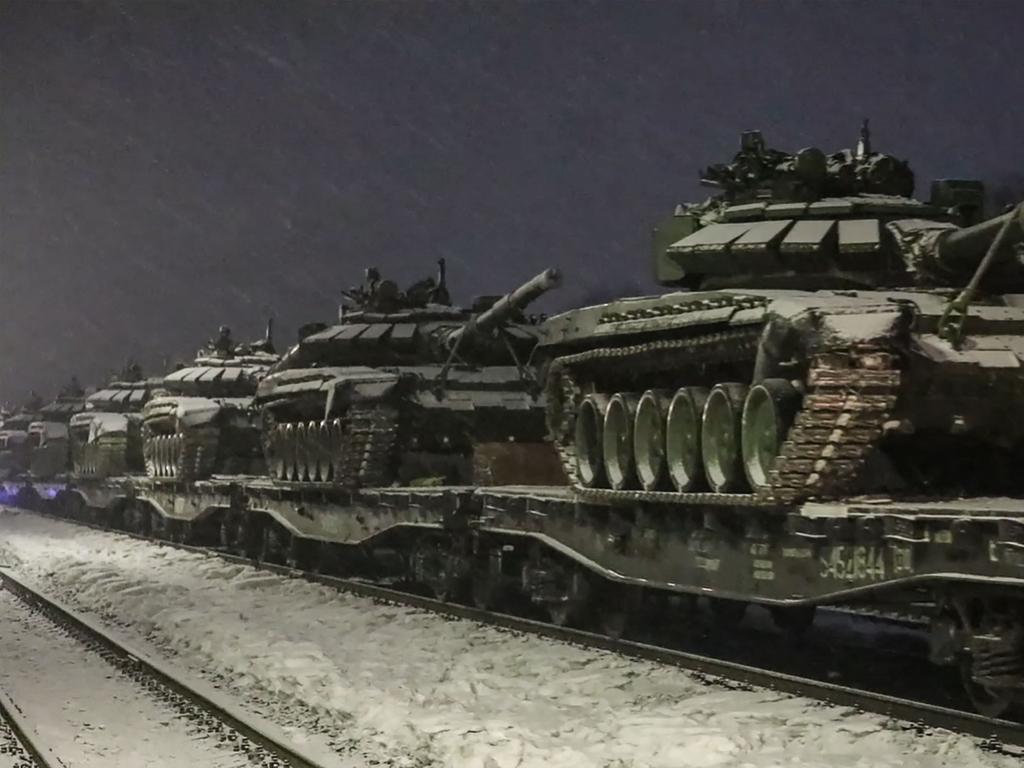
1. February 2024 – Russia mobilises 200,000 men
Putin may order a mass mobilisation of 200,000 men to bolster his depleted army after nearly two years of grinding war in Ukraine.
2. Spring 2024 – Putin launches new offensive
The Kremlin may begin a fresh offensive in across Ukraine, bolstered by wavering Western support for Kyiv.
Russia will wear down Ukraine’s army until finally achieving victory in June.
3. July 2024 – attacks on the West begin
An initially covert and then later open attack on the West using a wave of cyber and hybrid warfare strategies.
These attacks lead to unfolding crises and help to incite Russian ethnic minorities to cause conflict and chaos inside Baltic States of Estonia, Latvia and Lithuania.
4. September 2024 – troop build-up in east
September could see Moscow begin a huge troop build-up in Belarus. Under the cover of a large-scale “military exercise” known as “Zapad 2024”, 50,000 troops will be stationed at the Russian puppet state’s border with the NATO states of Poland and Lithuania.
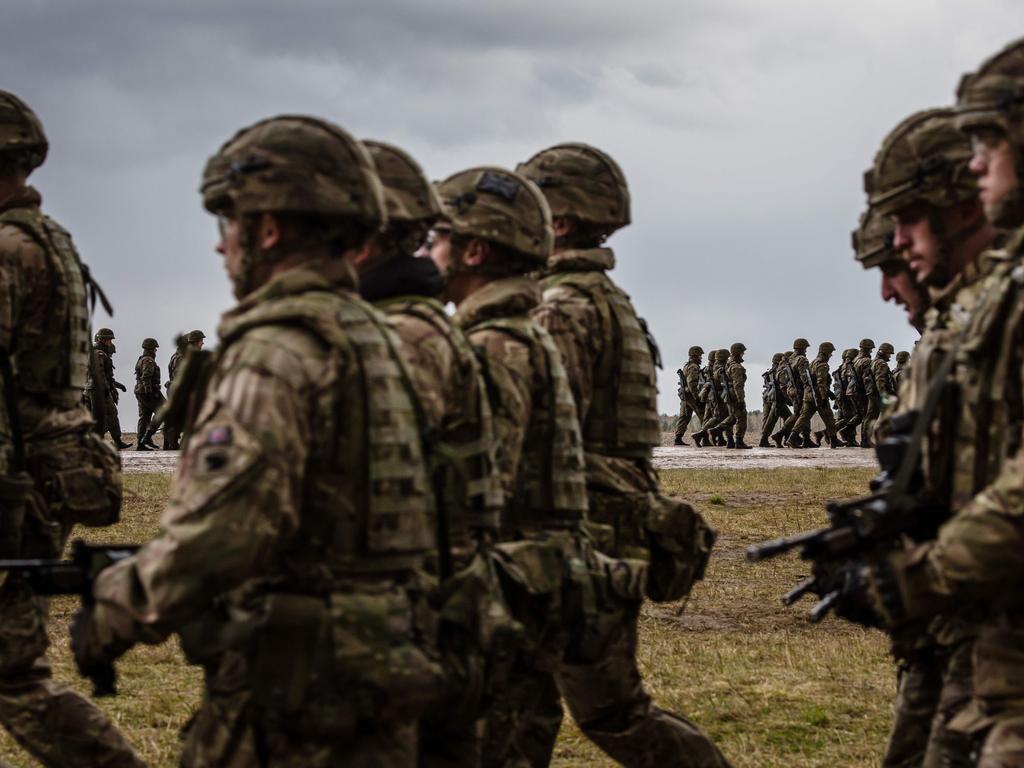
5. October 2024 – secret plan for Suwalki Gap
Russia moves troops and mid-range missiles to Kaliningrad, Russia’s most westerly territory.
The Baltic Sea enclave is sandwiched between Poland to the south and Lithuania to the north and east.
It is used as a headquarters for Russia’s Baltic fleet and some of its most powerful armaments including hypersonic missiles.
The troop movement is a deliberate attempt to fool the West and suggest an imminent attack on NATO. Instead, the Kremlin’s secret goal will allegedly be to later invade and conquer the Suwalki Gap – the narrow Polish-Lithuanian corridor between Belarus and Kaliningrad.
For the West, it is the only land link to the three ex-Soviet Baltic republics – Lithuania, Latvia and Estonia – which would be left vulnerable to Putin if the west lost control of the gap.
For Russia, control of the corridor would give Moscow a land link to Kaliningrad from Belarus.
6. December 2024 – destabilise Baltics
From December, the Kremlin will be trying to stir up trouble and artificially create “border conflicts” and deadly “riots” across the Baltics to destabilise the small collection of NATO states.
This will take place just as the US could be potentially leaderless for a few weeks after a possible election defeat for Joe Biden – distracting America from foreign affairs.
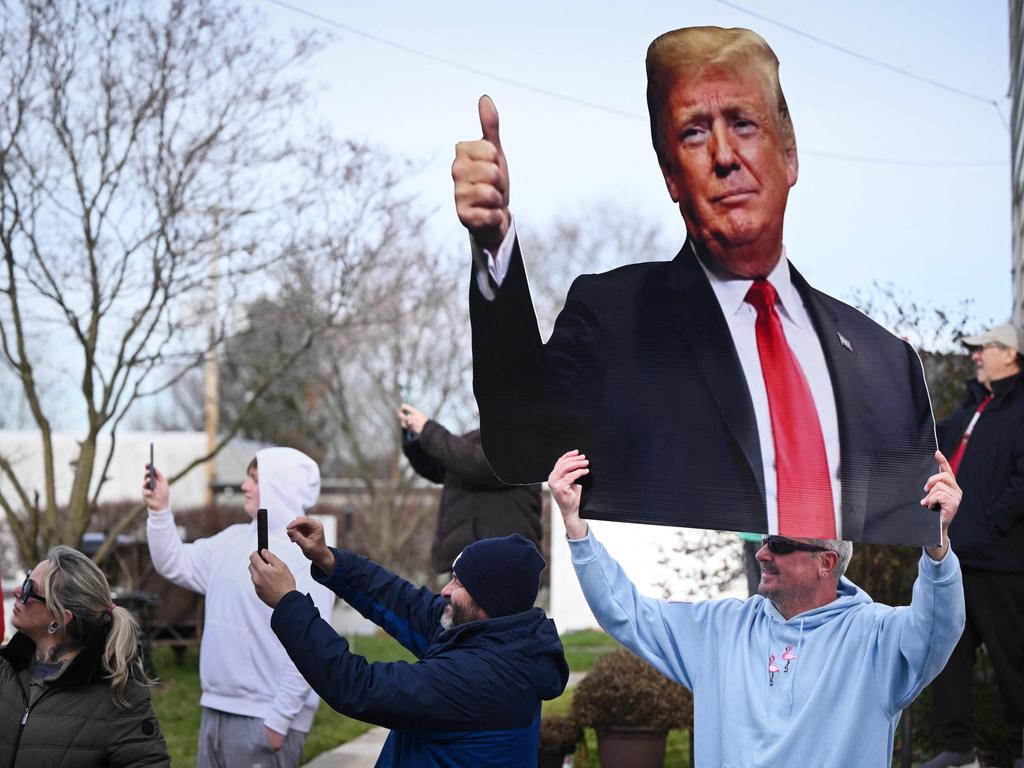
7. March 2025 – lies of war
Russia will then use a UN Security Council meeting to accuse the West of preparing to attack Russia to help form the impetus for moving further troops and weapons into Belarus.
Moscow would now have two tank divisions, a mechanised infantry division and a division headquarters stationed close to NATO’s borders with more than 70,000 soldiers.
8. May 2025 – NATO responds
Finally in May 2025, NATO decides on “measures for credible deterrence” in order to prevent a possible attack on the Suwalki Gap that now appears imminent.
Over 200,000 soldiers stationed in Belarus and Kaliningrad are ready to be launched.
9. Summer 2025 – ‘Day X’
NATO will send 300,000 troops to its eastern flank – to counter the growing threat posed by Russia.
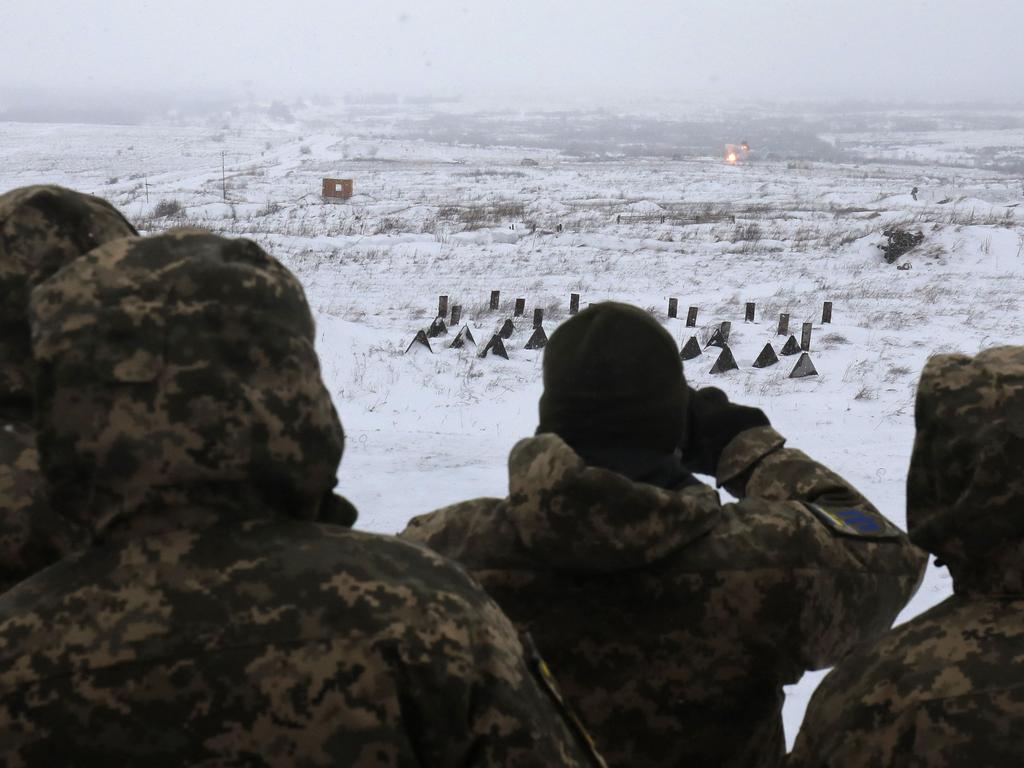
10. 30 days later – ‘WWIII’
According to the report, Putin’s “path to conflict” plan ends exactly 30 days after this – with the outcome of the military stand-off uncertain.
Over half a million Russian and NATO troops will stand against each other at the Suwalki Gap – bringing the world to the very edge of a World War III.
A German Ministry of Defence spokesperson told Bild: “Basically, I can tell you that considering different scenarios, even if they are extremely unlikely, is part of everyday military business, especially in training.”
It comes as Britain will send 20,000 troops to take part in one of NATO’s largest military exercises since the Cold War.
UK Defence Secretary Grant Shapps announced the deployment of all three Armed Forces to the 31-nation drill.
Focusing on Eastern Europe, it aims to prepare for potential aggression from Russia and be a show of force against enemies of the West.
In a major speech, Shapps outlined how the UK plans to respond to the end of the “peace dividend” — the post-Cold War period marked by a significant reduction in defence spending.
“We are in a new era and must be prepared to deter our enemies, prepared to lead our allies and prepared to defend our nation whenever the call comes.
“Today our adversaries are busily rebuilding their barriers. Old enemies are reanimated. Battle lines are being redrawn. The tanks are literally on Ukraine’s lawn.
“And the foundations of the world order are being shaken to their core. We stand at a crossroads.”
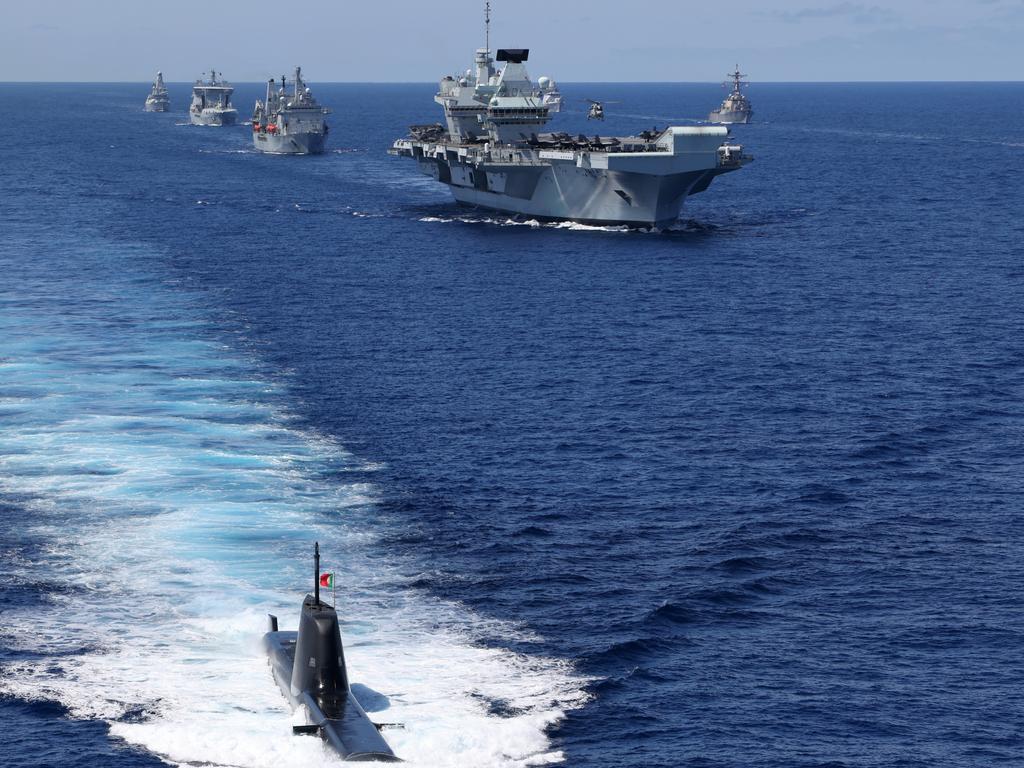
The NATO exercises — codenamed Steadfast Defender — will see 16,000 British troops with tanks, artillery and helicopters deployed in eastern Europe from next month.
The Royal Navy will send 2,000 sailors across eight warships and submarines, while 400 Royal Marines will be sent to the Arctic Circle.
Foreign Secretary Lord Cameron told Sky News it was “hard to think of a time when there has been so much danger and insecurity”.
UKRAINE DOWNS TWO RUSSIAN COMMAND AIRCRAFT
Ukraine downed two Russian military command aircraft over the Azov Sea, saying it had carried out a “successful” mission against Moscow’s forces.
The Azov Sea lies between Russia and Ukraine. Moscow controls its entire coast after seizing large swathes of southeastern Ukraine during its invasion and annexation of Crimea in 2014.
“Minus an enemy long-range radar detection aircraft, A-50, and the aerial command centre Il-22!” the air force said.
“The special operation in the Azov region was successful,” it said on social media on Monday.
Ukraine’s commander-in-chief, Valery Zaluzhny, said Kyiv had “destroyed” the planes.
“I am grateful to the Air Force for the excellently planned and conducted operation in Azov region!” he said on Telegram.
Moscow did not comment on the claims.
Kremlin spokesman Dmitry Peskov told reporters he had “no information” about the incident and said further questions should be directed to the defence ministry.
The war in Ukraine, which has dragged on for nearly two years, has seen an escalation in attacks in recent weeks.
RUSSIA SENTENCES 200 POWS TO PRISON
Russia has sentenced more than 200 Ukrainian prisoners of war to lengthy sentences, with some getting life in prison, almost two years into the Kremlin’s offensive.
Russia holds an unknown number – believed to be in the thousands – of Ukrainian captive soldiers, many of whom were taken during the siege of the port city of Mariupol in 2022.
Kyiv and international rights groups have denounced Moscow’s trials of the POWs as illegal.
“More than 200 Ukrainian military personnel have been sentenced to long prison sentences for committing murder of civilians and mistreating prisoners (of war),” Alexander Bastrykin, the head of Russia’s Investigative Committee, said in an interview to state news outlet RIA Novosti on Monday.
He vowed Moscow will “continue” its efforts to prosecute Ukrainian military staff, including “high-level officials.”
Many of the Ukrainian prisoners of war have been held in Russian-occupied eastern Ukraine, while others were taken to Russia.
Bastrykin did not specify if the soldiers were sentenced in Russia or occupied Ukraine.
But state-run outlet RT quoted an Investigative Committee source as saying 242 soldiers were sentenced in occupied Ukraine.
On January 3, Russia and Ukraine said they had swapped hundreds of captive soldiers in their first publicly announced exchange in months.
– additional reporting by AFP
More Coverage
Originally published as Russia-Ukraine war: UN to grill Moscow on missing children








